Grow a sustainable organic vegetable garden this July.
With winter approaching, many people think that gardening season is over, but July is actually the perfect time to start or revive your vegetable patch.
Winter gardening produces abundant harvests of delicious, nutritious crops and is a great contribution to sustainability and self-sufficiency. Organic gardening ensures fresh produce free of harmful chemicals, reduces your carbon footprint, and fosters a deeper connection with nature.
Winter gardening has many benefits.
Extended growing season: Many crops thrive in cooler temperatures, providing a continuous supply of fresh produce.
Pest control: Cooler temperatures naturally reduce pest populations, minimising the need for chemical intervention. Neem oil can also be used to keep pests, slugs and diseases away from your crops.
Soil Health: Winter crops protect the soil and enrich it, preparing it for the spring planting season.
Sustainable Horticulture Practices
Focusing on sustainability in your gardening practices will lead to a greener and more rewarding experience.
Composting: Turn kitchen scraps and garden waste into rich compost to nourish your soil.
Save water: Use rainwater collection systems and mulch to keep the soil moist. A sustainable way to collect rainwater is to place a bucket outside when it is raining.
Go organic: Avoid synthetic fertilizers and pesticides and opt for natural alternatives like neem oil or homemade insecticidal soap.
Here are some of the best crops to plant this July for a vibrant and productive winter garden.
Beetroot:
Beetroot is a versatile red root vegetable that is rich in dietary fiber, folate (vitamin B9), manganese, potassium, iron and vitamin C. Health benefits of beetroot include improved heart health, lower blood pressure and enhanced athletic performance.
It is an annual vegetable that grows all year round. For optimal growth, sow the seeds directly into the soil and space them 10-15cm apart. Beetroots are usually ready to harvest 7-8 weeks after planting.
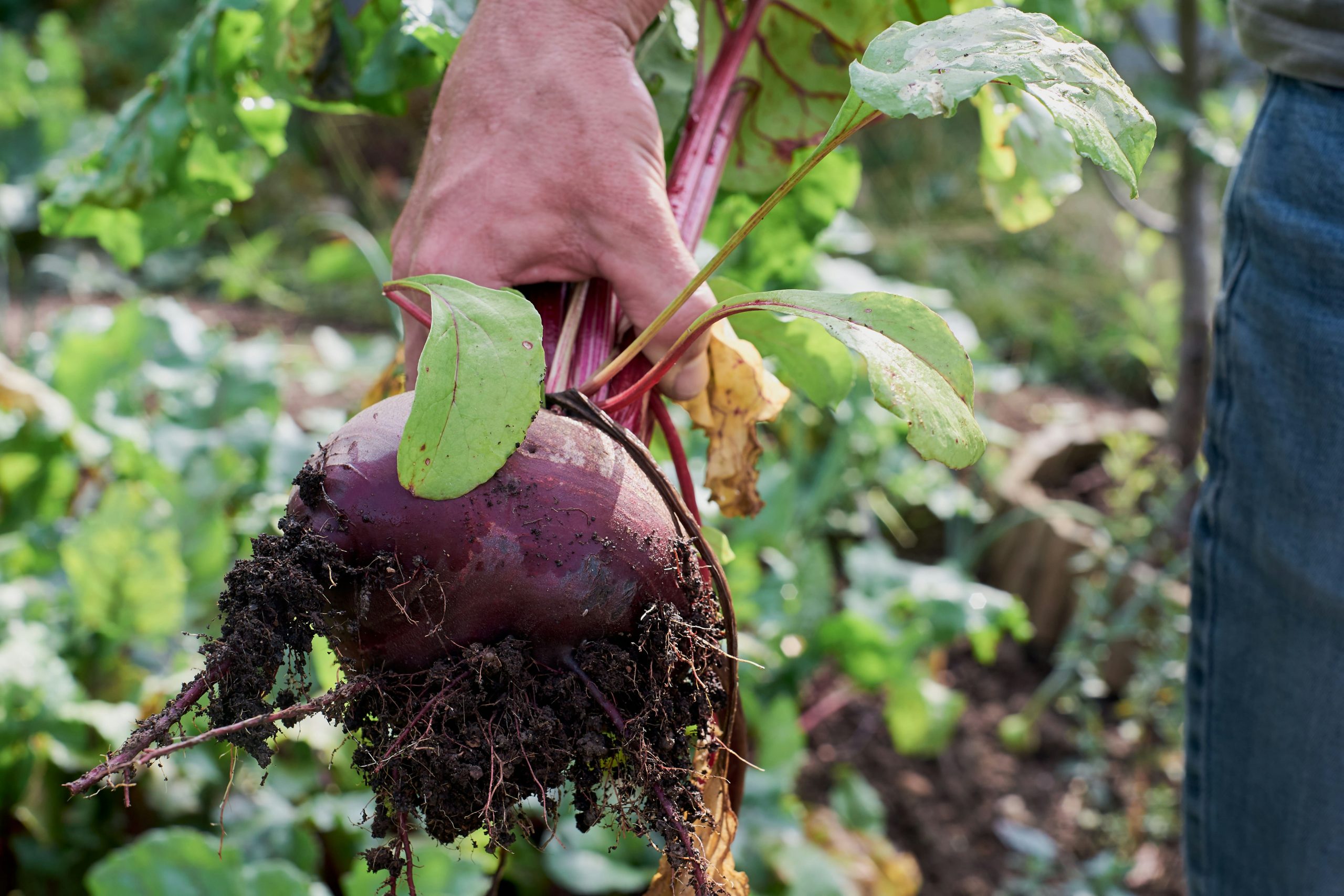 Image credit: Pexels
Image credit: Pexels
broccoli
Broccoli is a nutritional powerhouse packed with vitamins, minerals and antioxidants that support overall health. Growing broccoli in the winter has several benefits, including improved flavor in cold weather and the absence of hard frosts to prevent damage.
Plus, winter is a time when pests are less prevalent, making it easier to grow healthy, strong crops without the hassle of pests like aphids. Start broccoli from seed or seedlings, spacing them 45-60cm apart.
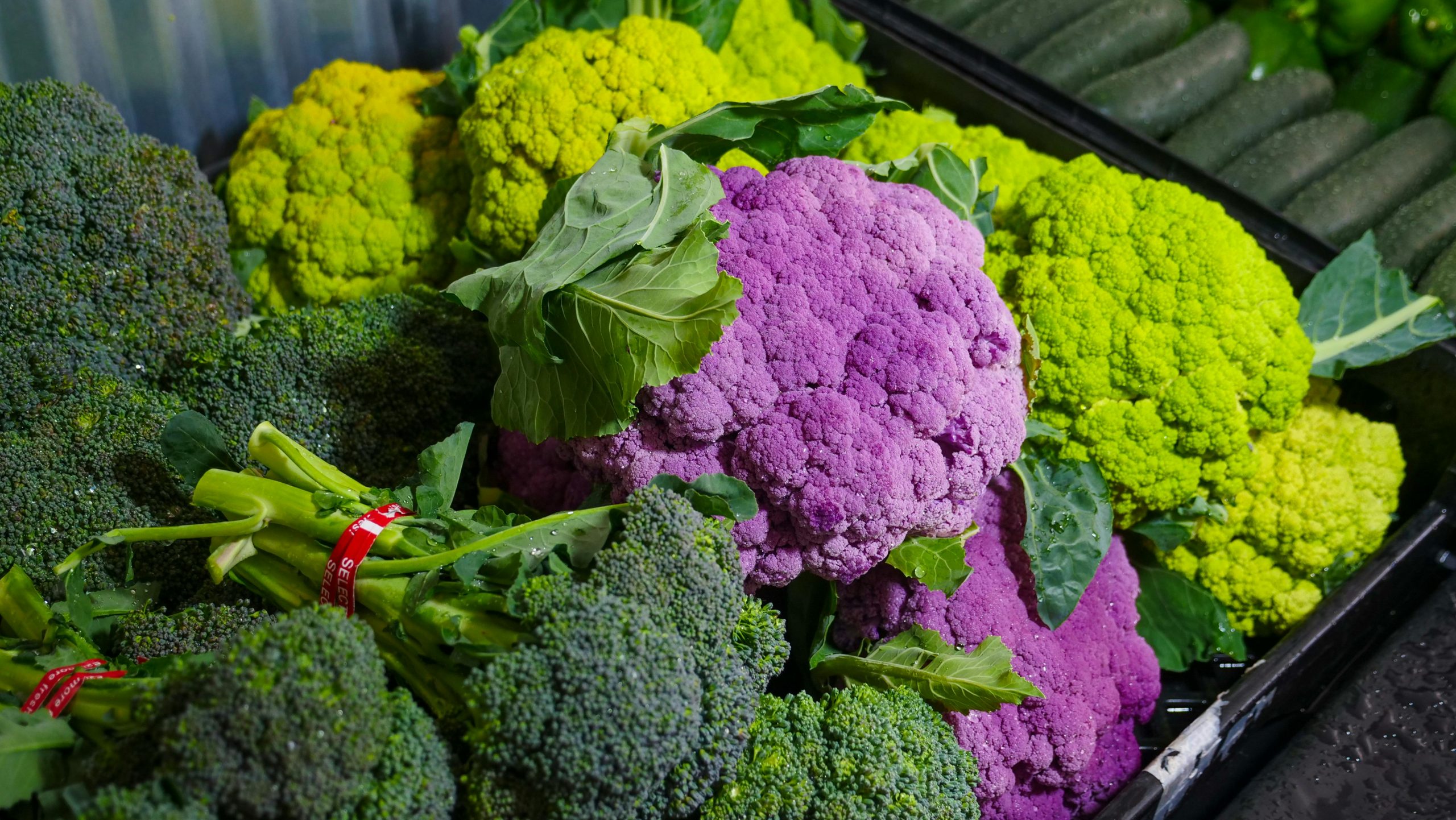 Image credit: Pexels
Image credit: Pexels
cabbage:
Cabbage can be planted by direct seeding, transplanting, or container gardening. Sow the seeds directly into garden soil and thin them out to 30-45cm apart, or sow the seeds indoors and transplant the seedlings after 6-8 weeks.
Cabbage is rich in Vitamin C, Vitamin K, fiber and antioxidants, which are beneficial for immune function, bone health, digestion and cancer prevention. It's low in calories, great for weight management and perfect for winter salads and stir-fries.
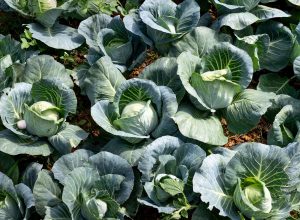 Image credit: Pexels
Image credit: Pexels
cauliflower:
Cauliflower thrives in cooler climates and is less susceptible to pests and diseases, so it grows best in the winter. Nutritionally, cauliflower is rich in vitamins C and K, fiber, and antioxidants, which provide health benefits such as improved digestion and immune support.
This popular cool season vegetable is perfect roasted or mashed, making it a delicious and versatile addition to any meal. When planting, plant cauliflower 45-60cm apart for optimal growth.
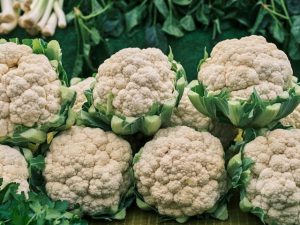 Image credit: Pexels
Image credit: Pexels
Spring onion:
Spring onions are a nutritious vegetable packed with vitamins A, C and K, dietary fiber and antioxidants, making them a great healthy addition to any meal. Spring onions enhance the flavor of a variety of dishes, are easy to grow in small spaces or containers and have a fast growth cycle of about 8 to 10 weeks.
When planting, plant 20-30cm apart, 5-10cm apart, and plant the seeds about 1cm deep. The strong scent also helps to deter pests, benefiting the whole garden ecosystem.
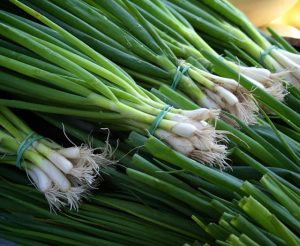 Image credit: Unsplash
Image credit: Unsplash
Fennel:
Fennel is a versatile, flavorful herb that offers many benefits to gardeners and cooks. Both the bulb and leaves are edible and add a unique, slightly sweet, anise-like flavor to a variety of dishes. Fennel thrives in winter because it prefers cooler temperatures, which help it develop sweet, tender bulbs and vibrant green leaves.
When growing fennel, plant the plants 20 to 30 centimetres apart and allow them to spread widely. Planting at this distance allows for good air circulation, reduces the risk of disease, and ensures the plants have enough space to grow well. Plus, fennel tea made from the seeds or leaves has notable medicinal benefits, including aiding digestion, reducing bloating, and easing respiratory problems.
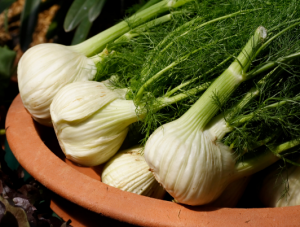 Image credit: Canva
Image credit: Canva
Kale:
A cool-weather superfood that's great in smoothies and salads, kale is a nutritious green leafy vegetable known for its health benefits, including high levels of vitamins A, C and K, antioxidants and fiber. It thrives in cool climates and can be harvested year-round in warmer climates.
When planting kale, space the seedlings 12 to 18 inches apart to allow the leaves to grow wide. This spacing allows for good air circulation and reduces the risk of disease. Kale's rich flavor and texture shine when tossed raw in salads, blended into smoothies, or lightly cooked in stir-fries or soups.
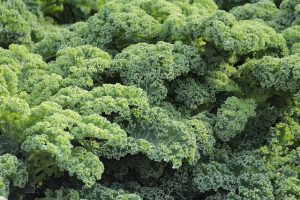 Image credit: Pexels
Image credit: Pexels
Spring onion:
Leeks are a nutritious vegetable with a mild onion flavor that can be used in a wide variety of dishes. They are rich in vitamins A, C and K, as well as minerals such as iron and manganese, which provide many health benefits. They grow well in cool climates and can be harvested 20 to 24 weeks after planting.
When planting leeks, space them 6 to 8 inches apart to encourage long, slender growth and allow for good air circulation. Leeks are great for adding flavor to soups, stews, casseroles and stir-fries. Their subtle sweet, oniony flavor enhances the overall flavor of the dish.
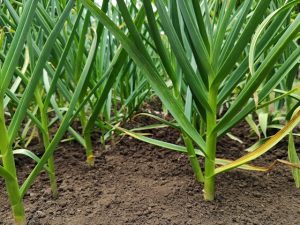 Image credit: Unsplash
Image credit: Unsplash
lettuce:
Lettuce is a fast-growing, nutritious leafy vegetable that thrives in cool climates, making it a great addition to your spring or fall garden. The fresh, crisp leaves are perfect for salads and sandwiches. When planting lettuce, plant seeds or seedlings 20 to 30 centimetres apart to allow the leaves to grow widely.
Lettuce can be harvested about six to eight weeks after planting, depending on the variety and growing conditions, allowing for a quick and continuous supply of fresh vegetables.
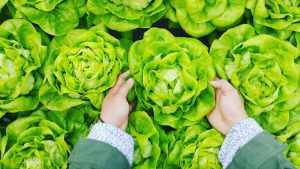 Image credit: Unsplash
Image credit: Unsplash
celery:
Known for its crunchy stalks and flavorful leaves, celery is a nutritious vegetable that is rich in vitamins A, C, K and dietary fiber. It requires constant moisture to grow, but provides gardeners with a bountiful harvest of fresh celery.
When planting celery, space the plants 20-30cm apart to ensure proper growth and air circulation. Celery is a good long-term grower as it can be harvested approximately 16-20 weeks after sowing. It's great eaten raw in salads or as a crunchy snack, and adds great flavor and texture to soups, stews and stir-fries.
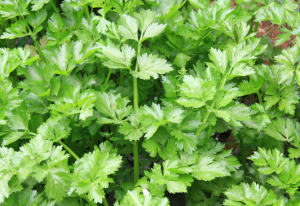 Image credit: Pixabay
Image credit: Pixabay
spinach
Spinach is a cold-hardy, green vegetable that is high in vitamins A, C, and K, as well as iron and antioxidants, and has many other health benefits. It grows well in cool climates and can be harvested about 6 to 8 weeks after planting.
When growing spinach, space the plants 8 to 10 inches apart to allow ample leaf growth and good air circulation. Spinach is best eaten sautéed as a delicious side dish to soups and stews, or eaten raw in salads, where its tender leaves and mild flavor enhance a variety of dishes.
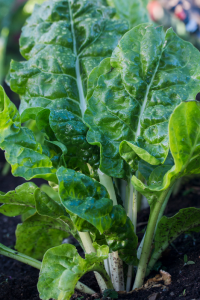 Image credit: Pixabay
Image credit: Pixabay
Turnip:
Turnips are a versatile vegetable, with both the roots and leaves edible and packed with nutrients. High in vitamins C and K, fiber and antioxidants, turnips are not only healthy but also add variety to your diet. When growing turnips, space the plants 15-20cm apart to encourage bulbous roots and allow good air circulation.
They can be harvested once the roots have grown to the desired size, approximately 8-10 weeks after sowing. Turnips are best eaten roasted, mashed, in soups or stews, while the leaves can be sautéed or eaten fresh in salads to add flavour and nutrition to your meals.
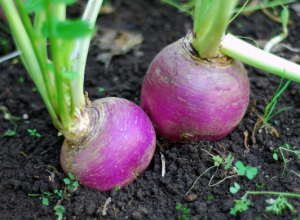 Image credit: Pixabay
Image credit: Pixabay
The Organic Advantage
Growing your own food organically ensures that what you eat is free of synthetic chemicals. Organic farming promotes soil and ecosystem health, increases plant resilience and cleans the environment. By choosing organic methods, you contribute to a sustainable food system that values health and harmony with nature.
This July, take advantage of the winter season to grow a thriving, sustainable, organic vegetable garden at home. Not only will you enjoy fresh, nutritious produce, you'll also contribute to the health of the planet.
Also see: Grow water-loving vegetables for a bountiful winter harvest
Grow water-loving vegetables for a bountiful winter harvest
see next
Featured image: Unsplash
This article was originally written and published by Thimna Matika at Garden&Home.


